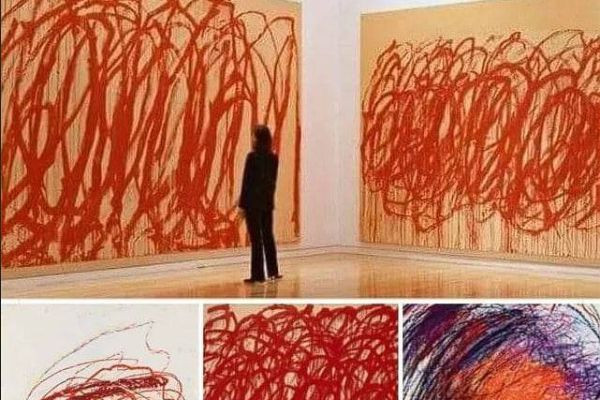In the 1920s, Peruvian archaeologist Julio Tello discovered a series of graves in Paracas, Peru. The contents of the grave caused confusion among experts, since countless elongated skulls were removed..
29/10/23 • 340 Views
In the 1920s, Peruvian archaeologist Julio Tello discovered a series of graves in Paracas, Peru. The contents of the grave caused confusion among experts, since countless elongated skulls were removed from the graves. Since then, larger skulls have been found in the region, raising many questions about these mysterious people.
After countless studies, we are beginning to learn more about these mysterious turtles. Some DNA tests showed that the elongation present in Paracas' skull was not the result of artificial deformation of the skull, but of genetics.
Some of Paracas' skulls are 25% larger and 60% heavier than normal human skulls. While artificial head deformation can change the shape of the skull, it cannot change its volume. But that's not all that remains, research carried out on the mysterious elongated turtles revealed that they were not native to the region, possibly migrating from Eurasia more than 2,500 years ago.








